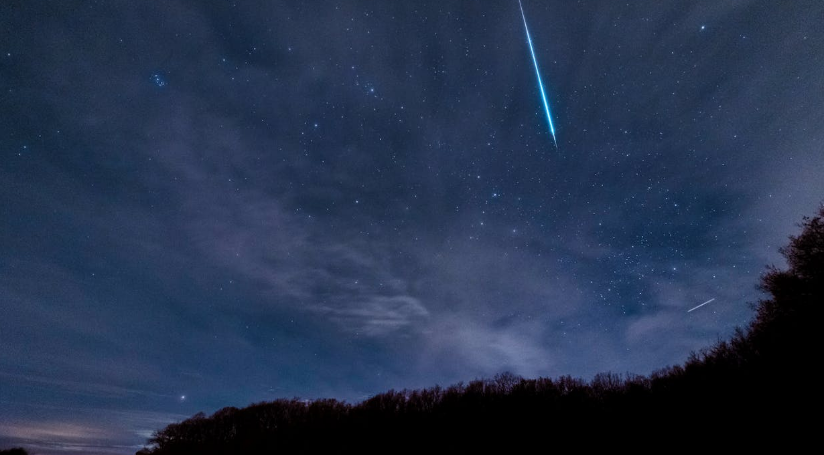One of the most anticipated celestial events of the year, the Perseid meteor shower, is once again shooting across our skies. This annual display offers a chance for South Carolinians to witness “shooting stars” streak across the night, though viewing conditions in 2025 will present a unique challenge due to moonlight.
The Perseids are active from mid-July through late August, with the shower expected to reach its peak on the night of Tuesday, August 12th, into the early morning hours of Wednesday, August 13th, 2025. This spectacle occurs as Earth passes through a stream of dusty debris left behind by Comet Swift-Tuttle. As these tiny particles enter our atmosphere at incredible speeds, they burn up, creating the brilliant streaks of light we commonly call meteors.
Under ideal conditions, a dark sky could yield 50 to 100 meteors per hour. However, for 2025, the peak unfortunately coincides with a waning gibbous moon, just a few days after the full moon on August 9th. This significant moonlight will likely diminish the visibility of fainter meteors, making the show less vivid than in years with darker skies. Despite this, the Perseids are known for producing bright meteors, and even fireballs, which should still be visible through the lunar glow.
How and When to Get the Best View in South Carolina:
To maximize your chances of witnessing the Perseids from South Carolina, consider these tips
- Seek Out Dark Skies: Light pollution from cities and towns is the biggest obstacle to meteor shower viewing. While challenging in urban areas like Charleston, Columbia, or Greenville, venturing to more rural parts of the state, particularly away from major city centers, will significantly improve your chances. State parks or rural farms can offer much darker conditions.
- Timing is Key: The best viewing window is generally between midnight and just before dawn on August 12th and 13th. This is when your location on Earth is turning into the meteor stream, and the constellation Perseus (the shower’s “radiant point”) is higher in the northeastern sky. While some meteors might be visible earlier in the evening, the pre-dawn hours typically offer the highest rates.
- Find an Unobstructed View: Look for a location with a wide, open view of the sky. Avoid areas with tall trees, buildings, or hills that might block your sightline. The meteors can appear anywhere in the sky, so a broad perspective is essential.
- Allow Your Eyes to Adjust: Give your eyes at least 20-30 minutes to adapt to the darkness. Avoid looking at bright lights, including your phone screen, as this will reset your night vision. If you must use a flashlight, opt for one with a red filter.
- Get Comfortable and Be Patient: Stargazing requires patience. Bring a reclining chair, a blanket, or even a sleeping bag so you can lie back comfortably and scan the entire sky without straining your neck. Consider bringing bug spray.
- Block Out Moonlight: Since the moon will be bright, try to position yourself so that a natural or artificial obstruction (like a tall building, a large tree, or a distant hill) blocks the direct glare of the moon from your immediate line of sight while still allowing you to see a large portion of the sky.
No special equipment like binoculars or telescopes is needed; your eyes offer the widest field of view, which is ideal for spotting meteors that can flash across any part of the sky.
Even with the moonlight interference, the Perseids are known for their bright streaks and occasional “fireballs,” making them worthwhile viewing for anyone in South Carolina willing to look up
Sign up for our Sunday Spectator. Delivered to your inbox every Sunday, with all the news from the week.















